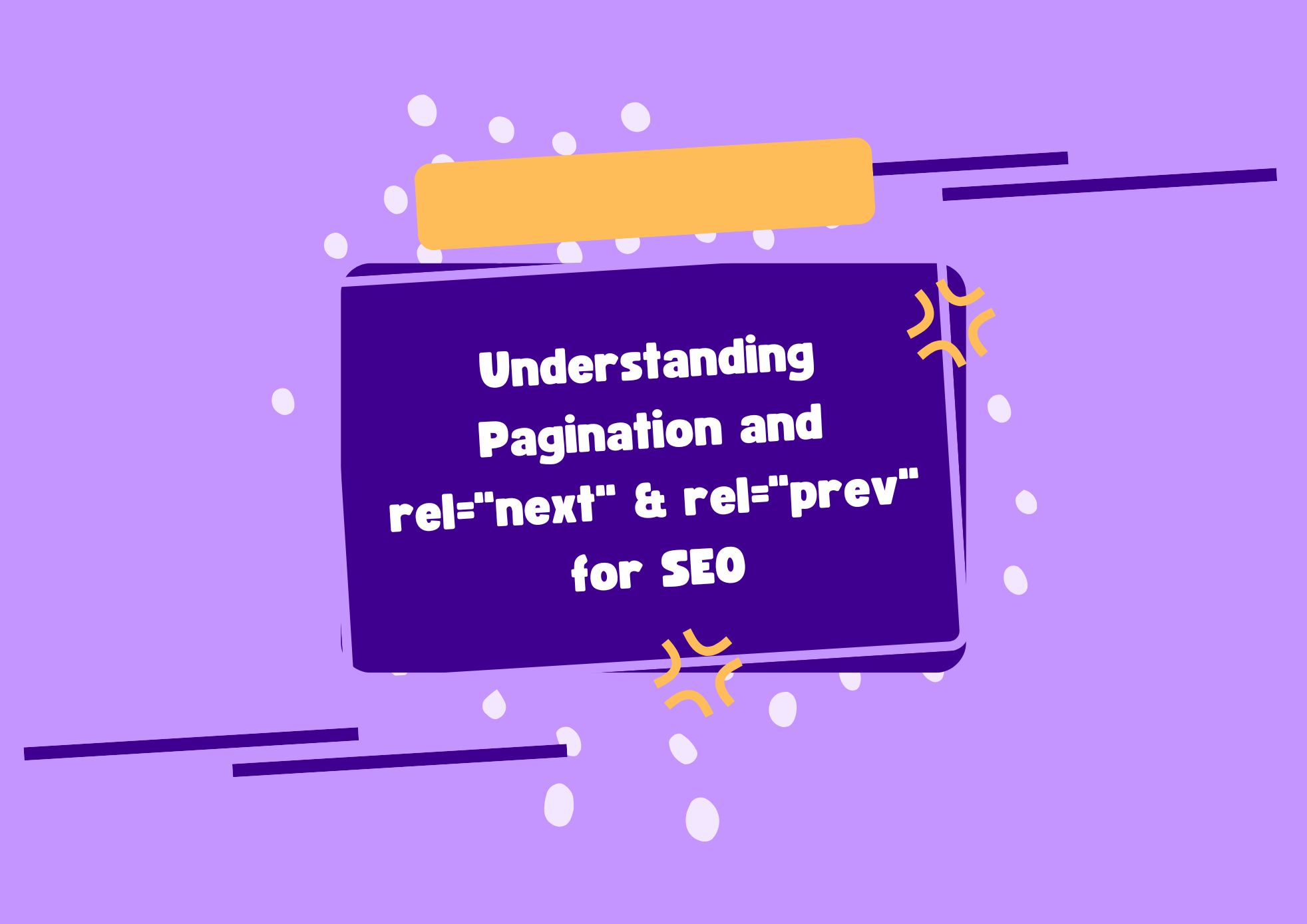Pagination is a common web design technique that breaks large content lists such as blog archives, product categories, or forums into multiple pages. Properly handling pagination is crucial for SEO because it helps search engines understand the relationship between these pages and prevents issues like duplicate content or poor indexing.
This post explains:
- What pagination is and why it matters for SEO
- How rel=”next” and rel=”prev” attributes work
- Best practices for implementing pagination
- Google’s official stance and recommendations
- Examples to clarify the concepts
What Is Pagination?
Pagination is the process of dividing content into discrete pages. For example:
- Blog posts split into pages like
/blog/page/1/,/blog/page/2/ - Product listings split into pages like
/products?page=1,/products?page=2
Pagination improves user experience by loading fewer items per page, but it can create SEO challenges if search engines treat these pages as duplicate or separate unrelated pages.
Why Pagination Matters for SEO
Without proper signals, search engines might:
- Index all paginated pages separately, leading to duplicate content
- Waste crawl budget crawling through many pages with similar content
- Fail to understand the sequential order of paginated pages, hurting internal linking structure and ranking
What Are rel=”next” and rel=”prev”?
The rel="next" and rel="prev" are link attributes added in the HTML <head> section to indicate the relationship between paginated pages.
- rel=”next” points to the next page in the sequence.
- rel=”prev” points to the previous page in the sequence.
Example for page 2 of a paginated series:
htmlCopyEdit<link rel="prev" href="https://example.com/blog/page/1/" />
<link rel="next" href="https://example.com/blog/page/3/" />
These attributes help search engines understand the pagination structure.
Google’s Official Position on rel=”next” and rel=”prev”
In 2019, Google announced that they do not use rel=”next” and rel=”prev” as indexing signals anymore.
“We no longer use link rel=prev/next as a signal for indexing.” — John Mueller, Google Search Advocate
However, rel=”next”/”prev” may still be useful for:
- Clarifying site structure for other search engines
- Accessibility and browser behavior
How to Handle Pagination for SEO Today
Since Google ignores rel=”next”/”prev” for indexing, focus on these key SEO best practices:
1. Use Canonical Tags Carefully
- Each paginated page should self-canonicalize (canonical tag points to itself), not to page 1.
- Avoid canonicalizing all paginated pages to page 1 as it hides other pages from Google.
2. Optimize Pagination URLs and Internal Linking
- Use clear, crawlable URLs like
/blog/page/2/ - Ensure pagination links are easily accessible via anchor tags for bots to follow.
3. Provide Unique Titles and Meta Descriptions
- Differentiate paginated pages with numbering in titles, e.g., “Blog – Page 2”
- Avoid duplicate meta descriptions.
4. Use “View All” Pages When Possible
- Offering a single page with all content (if not too large) can be beneficial.
- Make sure the “View All” page canonicalizes to itself.
5. Avoid Noindexing Pagination Pages Unless Necessary
- If you want to conserve crawl budget, you may noindex paginated pages, but be cautious as it can reduce internal linking benefits.
Example of Pagination Implementation
For page 2 of a blog archive:
htmlCopyEdit<head>
<title>Blog – Page 2</title>
<link rel="canonical" href="https://example.com/blog/page/2/" />
<link rel="prev" href="https://example.com/blog/page/1/" />
<link rel="next" href="https://example.com/blog/page/3/" />
</head>
<body>
<!-- Pagination links -->
<a href="/blog/page/1/">Previous</a>
<a href="/blog/page/3/">Next</a>
</body>
Note: Even though Google ignores rel=”next”/”prev” for indexing, including them does not harm SEO.
Summary Checklist for Pagination SEO
| Task | Recommendation |
|---|---|
| Use clear pagination URLs | /page/2/, /page/3/ |
| Use self-referencing canonical tags | Canonical each page to itself |
| Provide unique titles and meta tags | Add page numbers in titles/descriptions |
| Include rel=”next” and rel=”prev” | Optional, no impact on Google SEO but good practice |
| Monitor crawl and index status | Use Google Search Console |



